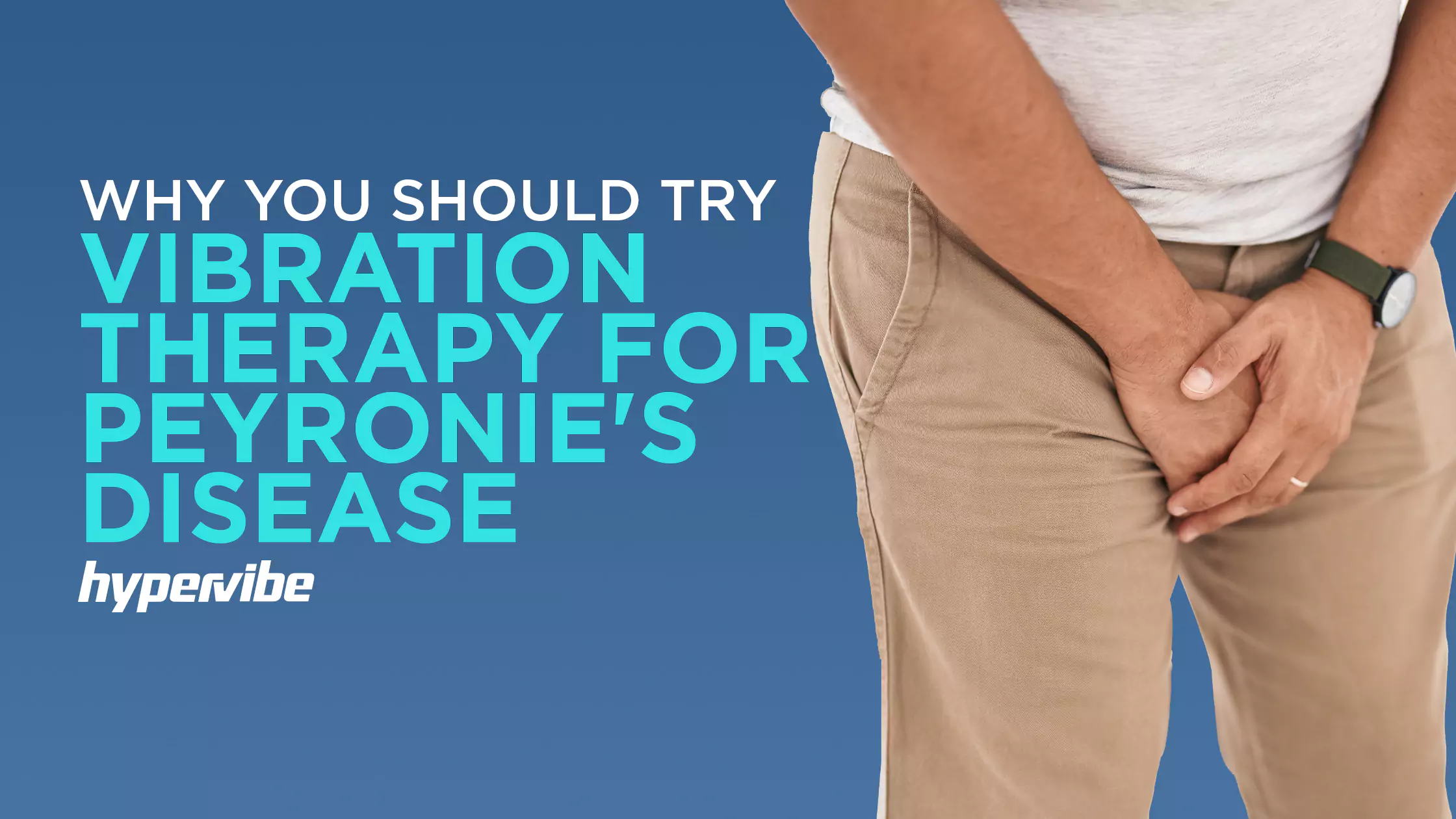
For many men, Peyronie’s disease brings not only a painful curve but also the frustrating lack of clear answers.
Peyronie’s disease isn’t just about curvature, though.
It’s also a connective tissue disorder where internal scar tissue pulls the penis out of alignment, disrupting blood flow, mobility, and function.
This fascial tightness behaves like any other restriction in the body, creating tension and distortion.
Whole Body Vibration Therapy may help by increasing circulation, loosening fascial adhesions, and restoring alignment.
Therefore, while research has yet to truly focus here, it offers a non-invasive way to support tissue health and improve function for those navigating this challenging condition.
And that’s not to say that there is no research. There is adjacent research serving as a signpost for things to come.
The studies I am referring to are related to another form of vibration—shockwaves (operating in similar frequency ranges as WBV platforms).
Low-intensity extracorporeal shockwave therapy (LI-ESWT) has been found to be particularly effective as a non-invasive treatment for Peyronie’s. Some things to note:
In summary, this form of shockwave therapy promotes blood flow, aids in plaque removal, and possibly even aids in nerve regeneration.
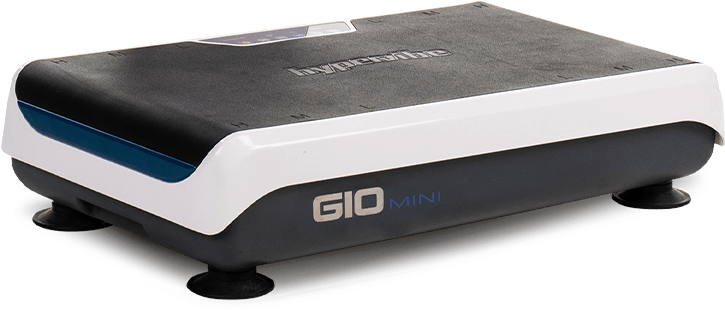




We believe so.
Many men with Peyronie’s disease face the frustrating reality of a painful curve and few clear answers.
However, new evidence shows that Vibration Therapy for Peyronie’s disease, particularly low-intensity shockwave therapy (LI‑ESWT), may offer relief without surgery.
This article explores how different Vibration Therapy techniques work, what clinical studies say, and who benefits most.
You’ll also get a checklist of noninvasive options that may improve pain, curvature, and function.
Men living with Peyronie’s disease want noninvasive options that actually work.
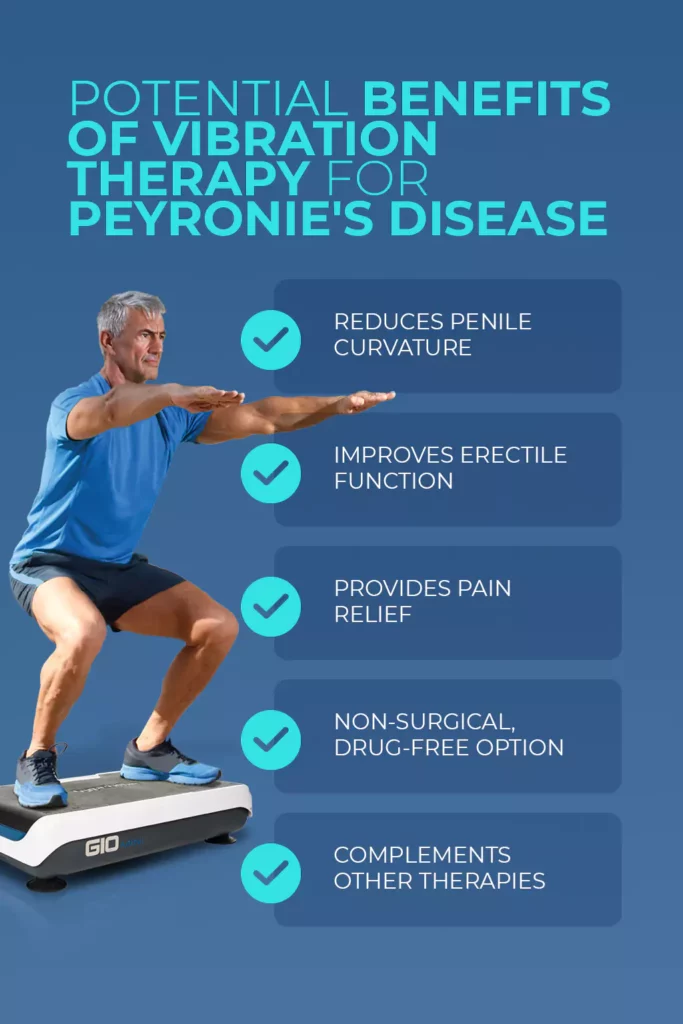
Infographic outlining key benefits of Vibration therapy for Peyronie’s disease
The potential benefits of certain forms of Vibration Therapy show great promise in alleviating the symptoms of the disease. Here are the potential benefits:
All forms of Vibration Therapy can help break down fibrous scar tissue and associated fascial restrictions (referred to as plaque with Peyronie’s) that cause the undesirable curve.
The vibration can also soften the surrounding tissue, which may lead to a measurable reduction in penile curvature over time.
Another benefit of Vibration Therapy for Peyronie’s disease is stimulating blood flow and possibly promoting nerve and tissue regeneration.
This may help restore erectile function in some men, especially when started early in the disease’s progression.
Patients report less pain even within a few treatment sessions of shockwave therapy.
The therapy is very helpful during the acute (painful) phase due to the way in which vibration (including WBV) can out-compete pain signals in the body.
Men who want to avoid the negative effects or the recovery period of invasive treatments will find Vibration Therapy helpful.
Unlike invasive surgeries or drug therapies with side effects,
Vibration Therapy provides a treatment plan that does not require needles or pills.
Vibration Therapy’s potential advantages are most effective when paired with other non-surgical treatments like collagenase injections (CCH), vacuum therapy, or penile traction.
Peyronie’s disease is a disorder of the connective tissue.
The penis bends or curves during erections due to the formation of fibrous scar tissue (plaque) inside it.
The symptoms of the disease include:
According to studies, 3–9% of men are impacted.
However, due to underreporting, this might be lower than the actual numbers.
Although it can affect younger people as well, it is most prevalent in men over 40 years old.
Microtrauma, or repeated injury, is the initial cause of Peyronie’s disease.
This normally occurs during intercourse.
The injuries trigger an abnormal wound-healing response that causes collagen buildup and plaque formation.
This process is known as fibrosis.
The disease typically has two phases:
Below are a variety of other non-vibration, FDA-approved, or guideline-backed treatments for Peyronie’s disease that are currently on the market.
This will help you identify the most effective ones to try if you want to lean in on the research.
Every treatment focuses on a different aspect of the disease, such as erectile dysfunction, pain, plaque, or curvature.
Here’s a simplified table comparing the most widely accepted treatments:
|
Treatment |
How it Works |
Best for: |
FDA Approved? |
Notes |
|
Collagenase Clostridium Histolyticum (CCH) |
Breaks down scar tissue (plaque) enzymatically |
Men with stable curvature and no erectile dysfunction |
Yes |
Most effective in moderate cases; may require multiple injections |
|
Penile Traction Therapy (PTT) |
Gradually stretches the penis over time |
Early-stage or post-surgical support |
No (but guideline- supported) |
Improves length and curvature; requires daily use over months |
|
Surgery (e.g., plication, grafting, penile implant) |
Surgically corrects curvature or replaces damaged tissue |
Severe or complex cases |
Yes (varies by procedure) |
Most invasive; used when non-surgical methods fail |
|
Intralesional Verapamil |
A calcium channel blocker is injected into the plaque to reduce fibrosis |
Men with mild to moderate disease |
No (off-label use) |
Mixed results in clinical studies; often combined with other therapies |
Important Note: The success of any treatment of the disease depends on important factors like curvature severity, erectile function, and patient preference.
Combination approaches are becoming more popular as a way to improve treatment results.
Traditional treatments focus on injections or surgery.
Vibration Therapy for Peyronie’s disease, once again, offers a non-invasive option that works through mechanical stimulation.
Low-Intensity Extracorporeal Shockwave Therapy (LI‑ESWT) and focused shockwave therapy are advanced forms of Vibration Therapy.
We’ve mentioned this above.
These treatments deliver targeted acoustic waves to the penile tissue and activate a healing response.
The shockwaves stimulate collagen remodeling, break down fibrotic plaque, and promote blood vessel growth (angiogenesis).
Peyronie’s disease is caused by scar tissue buildup. The shockwaves help the body naturally prevent this process.
Vibration Plates work through whole-body mechanical stimulation.
Though this is not as targeted as LI-ESWT, because they are built to engage the musculoskeletal system primarily.
However, with careful positioning and the use of both lower and high frequencies, the potential to help promote circulation and increase tissue mobility is crystal clear.
Mechanotransduction is the mechanism by which different forms of Vibration Therapy for Peyronie’s disease work.
This process transforms mechanical signals—such as mechanical vibration or shockwaves—into bodily cellular reactions.
This signaling, when it comes to Peyronie’s, can result in pain relief, collagen regulation, and tissue repair.
Here’s how it works in more detail:
Vibration Therapy targets the collagen-rich plaque in the tunica albuginea, the fibrous sheath around the penile tissue.
The scar tissue, which is the primary cause of curvature in Peyronie’s disease, is softened and more easily broken down by this mechanical stimulation.
The body is encouraged to repair the damaged tissue as soon as the plaque starts to break down.
This may improve comfort and function, lessen penile curvature, and restore some of the affected area’s natural elasticity and flexibility.
This is where it’s important to consider secondary measures to help direct the restructuring process.
Increases Blood Flow
Angiogenesis is also stimulated by Vibration Therapy.
This is how new blood vessels are formed.
The circulation is improved by the new blood vessels. Which may improve erectile function, encourage long-term healing, and provide the penile tissue with more oxygen and nutrients.
Vibration stimulates neural pathways that can suppress or block pain signals in addition to promoting physical healing.
This is known as pain gating, which can provide relief during the early painful stages of the disease.
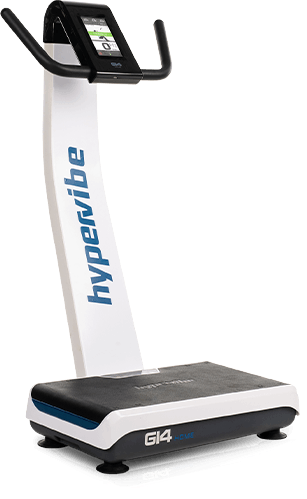




You might be wondering what the most successful treatment for Peyronie’s disease might be.
There’s no one-size-fits-all answer; however, clinical trials on Vibration Therapy have promising non-surgical outcomes, especially low-intensity shockwave therapy (LI‑ESWT).
Here is a quick overview of key findings backed by clinical data:
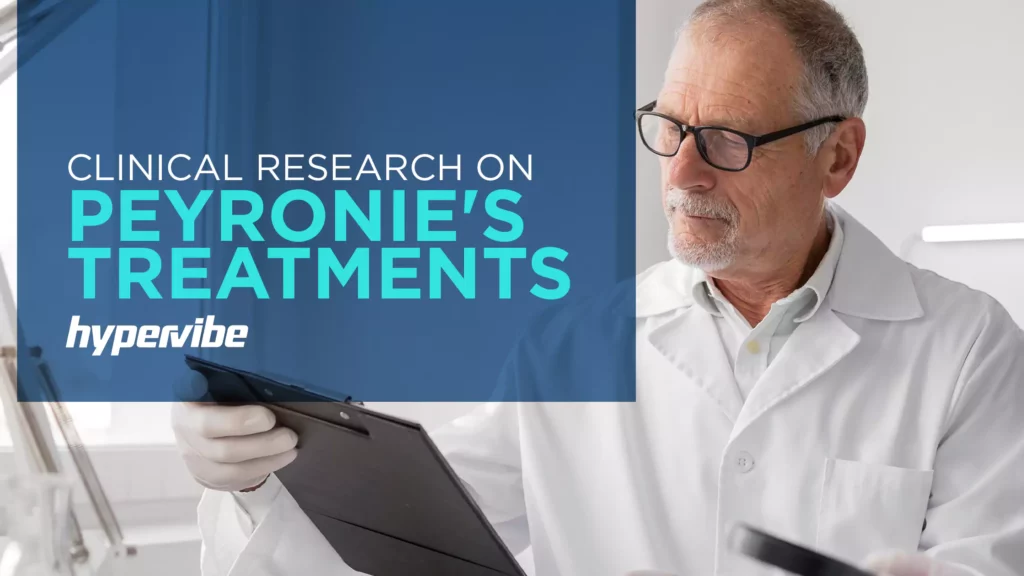
Doctor looking at chart with the headline Clinical research on Peyronie’s treatments
Check the various steps and possible results of each treatment option when choosing the best one for Peyronie’s disease.
Emerging evidence supports the safety and effectiveness of Vibration Therapy, whether it is used at home or in a clinic, especially when started early.
In professional urology clinics, low-intensity extracorporeal shockwave therapy (LI‑ESWT) is applied with focused precision.
A standard clinical protocol includes:
What to expect:
Using mechanical Vibration Plates at home, such as those made by Hypervibe, provides a potentially convenient and non-invasive option.
These platforms use frequencies that promote circulation, lessen stiffness, and aid in recovery, even though they are, again, less targeted compared to LI-ESWT.
Here is how to use them for this condition:
What to expect:
The timing and method of Vibration Therapy’s application affect its effectiveness for Peyronie’s disease, especially when using low-intensity shockwave therapy (LI-ESWT).
Although outcomes can differ, some conditions and supportive therapies can greatly enhance results.

Man happily hugging his wife
Shockwave therapy is most effective when Peyronie’s disease is in its early, inflammatory stage, which is usually within the first six to twelve months of onset.
At this point, the tissue is more receptive to treatment, and the plaques are still soft.
Early intervention can:
According to studies, Vibration Therapy works better for patients with softer, less calcified plaques.
Collagen remodeling and plaque degradation caused by mechanical stimulation are more likely to occur in softer tissue.
Using penile traction devices together with Vibration Therapy may improve outcomes.
In conjunction with vibration, traction therapy gradually stretches the penis to:
When combined with Vibration Therapy, a PDE-5 inhibitor (such as sildenafil or tadalafil) can promote blood flow and healing.
These drugs:
There is no universal answer, but research suggests the best strategies frequently involve combination therapies, early intervention, and customized protocols.
For men looking for noninvasive options, Vibration Therapy for Peyronie’s disease, when paired with traction or PDE-5 inhibitors, is a good option for relief.
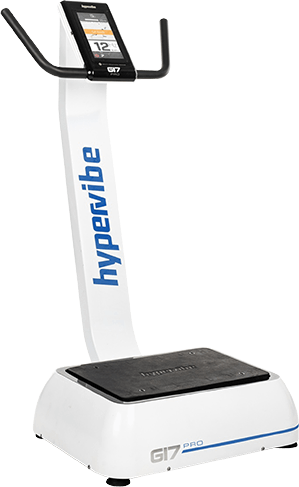




While Vibration Therapy for Peyronie’s disease is generally well-tolerated and non-invasive,
especially through low-intensity extracorporeal shockwave therapy (LI‑ESWT),
it is not always the best choice.
There are a few side effects and contraindications to be aware of, just like with any medical treatment.
Not every patient is a good candidate for this therapy.
Avoid LI‑ESWT or Whole Body Vibration-based treatment if you have:
It is also important to note that while Whole Body Vibration is generally safe for everyone, it also has some additional contraindications that need mentioning.
The most common ones are:
In case you have any of these conditions, seek medical advice before attempting Vibration Therapy.
The majority of side effects are mild and temporary.
These may include:
Recent clinical trials on Vibration Therapy have consistently shown no significant adverse events, confirming the safety profile of this treatment when used as directed.
Because LI‑ESWT is often classified as an elective or emerging therapy, it may not be covered by insurance.
Patients should expect:
If you wish to invest in a Whole Body Vibration Platform you can expect the following:
For most individuals using WBV at home for gentle fascial stimulation and circulation support, a mid-range model offers a good balance of performance and affordability.
Although many men looking for a non-invasive alternative to Peyronie’s disease find hope in Vibration Therapy,
it’s important to be aware of its limitations and determine if it’s appropriate for your particular condition.
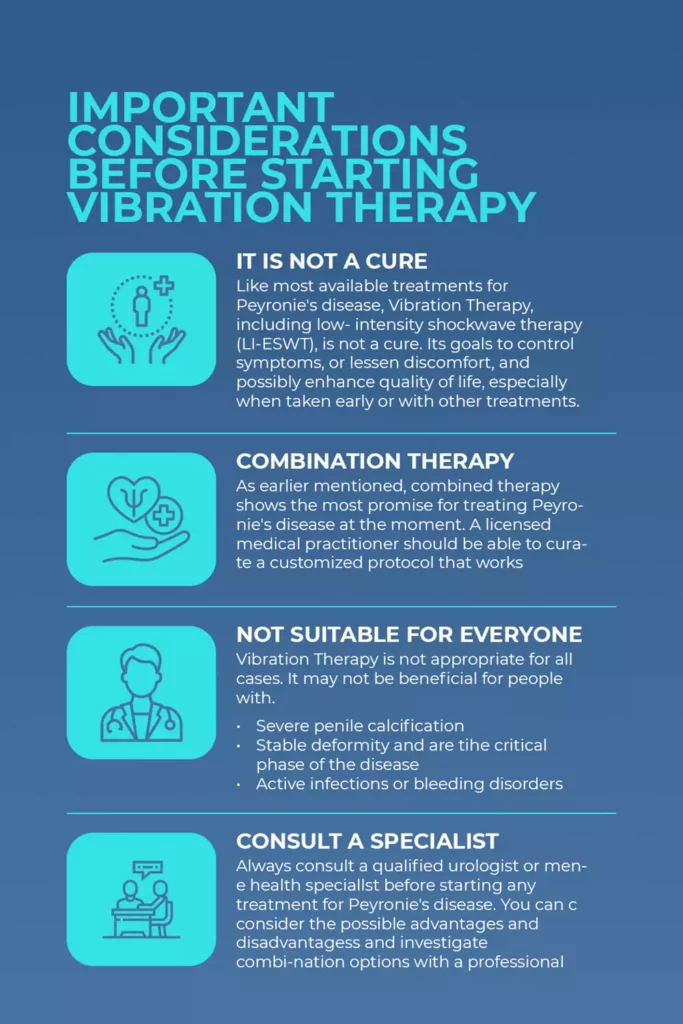
Infographic outlining key precautions before starting vibration therapy for Peyronie’s disease
Before beginning treatment, take into account the following important factors:
Like most available treatments for Peyronie’s disease, Vibration Therapy, including low-intensity shockwave therapy (LI-ESWT), is not a cure.
Its goals are to control symptoms, lessen discomfort, and possibly enhance quality of life, especially when taken early or together with other treatments.
As earlier mentioned, combined therapy shows the most promise for treating Peyronie’s disease at the moment.
A licenced medical practitioner should be able to curate a customized protocol that works for you.
Vibration Therapy is not appropriate for all cases.
It may not be beneficial for people with:
Always consult a qualified urologist or men’s health specialist before starting any treatment for Peyronie’s disease.
You can consider the possible advantages and disadvantages and investigate combination options with the assistance of a professional evaluation.
Clinic-based Vibration Therapy (such as LI-ESWT) can be expensive, even though it is less invasive than surgery.
Although home-use Vibration Platforms might be a more accessible and cost-effective option, their effectiveness might vary.
According to research, low-intensity shockwave therapy (LI-ESWT) may reduce penile curvature, enhance blood flow, and ease pain, mainly in the early stages of the illness.
However, while outcomes are encouraging, more large-scale trials are still needed to make it a first-line, proven standard.
Patients are typically recommended to start with six sessions.
These are done once a week.
Each session usually involves about 2,000 concentrated shockwaves.
Some patients may need longer treatment, depending on the disease’s severity and patient response.
LI-ESWT for Peyronie’s disease is considered an investigational or elective procedure.
Therefore, insurance does not usually cover it.
Complete treatment plans can cost up to $3,000 or more, with session costs ranging from $300 to $500.
Research has yet to weigh in on Vibration Plates capacity to fully correct curvature.
They may offer benefits like pain reduction and improved circulation when used at home (5–30 Hz, 2×10 min daily).
They work best when paired with traction therapy, PDE-5 inhibitors, or LI‑ESWT.
If you want significant curvature correction, targeted therapies are generally more effective.
While there’s no one-size-fits-all answer to what is the most successful treatment for Peyronie’s disease,
emerging research supports the potential of different vibration therapies for Peyronie’s disease—especially low-intensity shockwave therapy (LI‑ESWT)—as a safe, non-invasive approach.
When started early and combined with traction or other supportive therapies, it may reduce curvature, improve erectile function, and ease discomfort.
At Hypervibe, we help you make informed choices—backed by data and designed for real results.
Not Sure Where to Start?
Explore our expert-curated Hypervibe Buyer’s Guide to learn what to look for in a Vibration Platform, how it works,
and how to match the right model to your wellness goals.

Here’s how we use a vibration plate for weight loss...

Many people, especially beginners, notice an itchy or tingling “pins-and-needles”...

Taking into consideration the growing popularity of the vibration plate,...

The lymphatic system, also called the lymphoid system, is an...

Most probably you are already familiar with the body vibration...